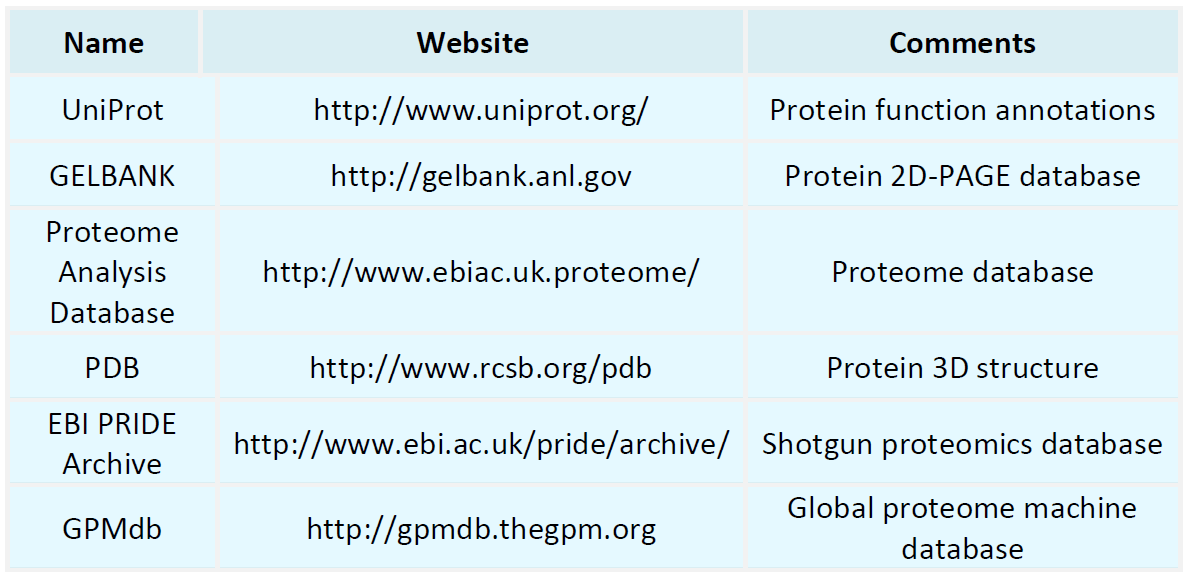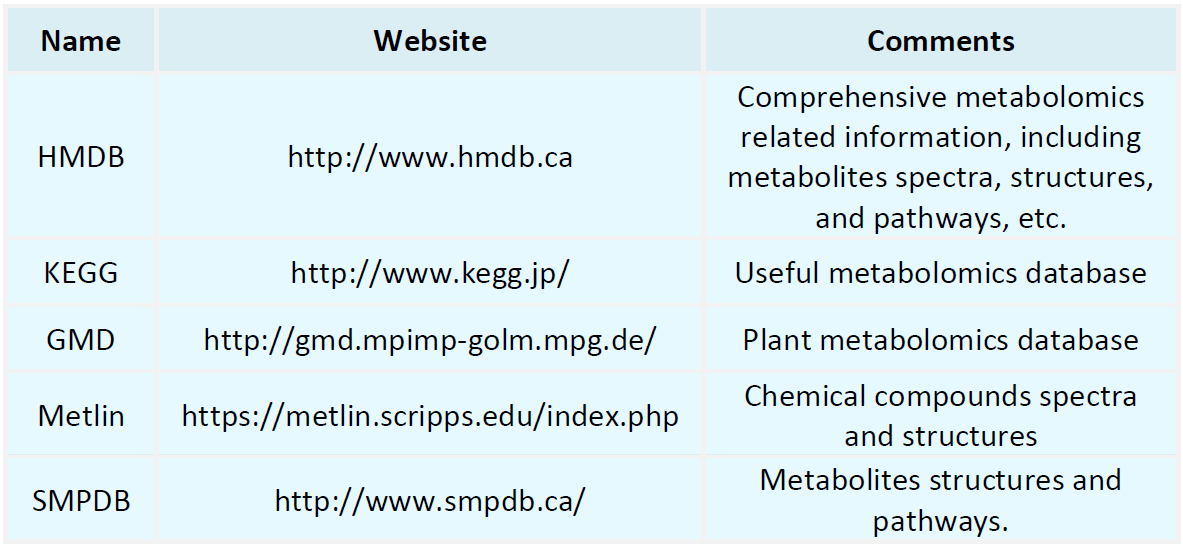Resources
Proteomics Databases

Metabolomics Databases

-
Methylome profiling is a technique used to investigate DNA methylation modifications, providing insights into methylation level variations and facilitating the understanding of complex biological processes such as gene expression regulation, cell differentiation, and disease pathogenesis. DNA methylation involves the addition of a methyl (-CH3) group to the 5th carbon position of cytosine (C) bases within DNA molecules, a modification that plays a crucial role in regulating gene expression activity. ......
-
Zebrafish proteomics systematically investigates the composition, functions, and roles of all proteins within zebrafish using high-throughput mass spectrometry techniques. As a widely utilized model organism, zebrafish are advantageous for studies in developmental biology, disease mechanisms, and drug screening due to their rapid growth, defined genetic background, and transparent embryos. Through zebrafish proteomics research, scientists gain valuable insights into developmental processes, immune res......
-
• Protein Mass Spectrometry Data Analysis
Protein mass spectrometry data analysis is crucial in contemporary proteomics research, enabling the precise identification and quantification of proteins within complex biological samples via mass spectrometry techniques. As a formidable tool, mass spectrometry unveils insights into protein structures, abundances, modifications, and interactions. Nevertheless, the vast and intricate datasets generated necessitate the extraction of meaningful information and the execution of precise analyses and inter......
-
timsTOF proteomics represents a cutting-edge approach in proteomics analysis, leveraging a combination of Time-of-Flight (TOF) mass spectrometry and Trapped Ion Mobility Spectrometry (TIMS). The primary advantage of this technology lies in its ability to deliver high-resolution and high-sensitivity analyses of proteins, facilitating the precise identification and quantification of proteins within complex biological matrices. Unlike traditional mass spectrometry techniques, timsTOF offers a unique capa......
-
• Total Protein Quantification
Total protein quantification involves measuring the overall protein concentration in biological samples like cells, tissues, blood, or other bodily fluids. This process is essential for providing a reliable foundation for subsequent biochemical analyses, proteomics investigations, and biomarker screenings. Accurate quantification is critical in protein-related experiments to ensure data comparability and result reliability. Whether involved in protein extraction, electrophoresis, immunoblotting (Weste......
-
• Subcellular Proteomics: Insights into Cellular Function
Subcellular proteomics technology is an approach designed to elucidate the molecular mechanisms within distinct cellular compartments by analyzing the expression, functionality, and interactions of proteins. Unlike conventional holistic cellular proteomics, subcellular proteomics focuses on the dynamic distribution and interaction of proteins within spatial regions of the cell, thereby revealing their precise roles in cellular physiology and pathology. By conducting quantitative and qualitative assess......
-
Subtractive proteomics is a methodological approach designed to enhance the detection and analysis of target proteins within complex biological samples by eliminating or reducing the presence of interfering components. Unlike traditional proteomics that provide a comprehensive overview of the protein landscape, subtractive proteomics employs a strategic "subtraction" method to remove irrelevant proteins or background noise. This refined focus enables researchers to delve deeper into the functional rol......
-
Interaction proteomics is a powerful approach for systematically characterizing protein interaction networks, providing insights into their functional roles and regulatory mechanisms in biological systems. Unlike traditional proteomics, which focuses on individual proteins, interaction proteomics integrates multiple analytical strategies to examine protein-protein, protein-DNA, and protein-RNA interactions, elucidating their contributions to cellular processes. Applications in Biomedical Research Pr......
-
• Structural and Functional Proteomics
Structural and functional proteomics is a scientific discipline focused on elucidating the relationship between protein structure and function. By integrating the strengths of structural biology and functional proteomics, it aims to uncover the specific mechanisms by which proteins operate both within and outside the cell. As proteins are among the most complex and diverse biomolecules essential to nearly all biological processes, understanding their structure and function is crucial for addressing nu......
-
Integrated proteomics is an interdisciplinary approach that employs multiple analytical techniques to systematically investigate the entire proteome of an organism. Unlike conventional proteomics, which primarily focuses on qualitative and quantitative protein profiling, integrated proteomics incorporates diverse experimental strategies and advanced computational analysis to explore post-translational modifications (PTMs), protein-protein interactions, and the functional roles of proteins in complex b......
How to order?







